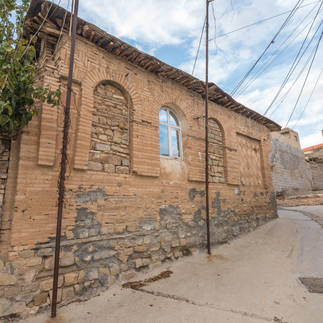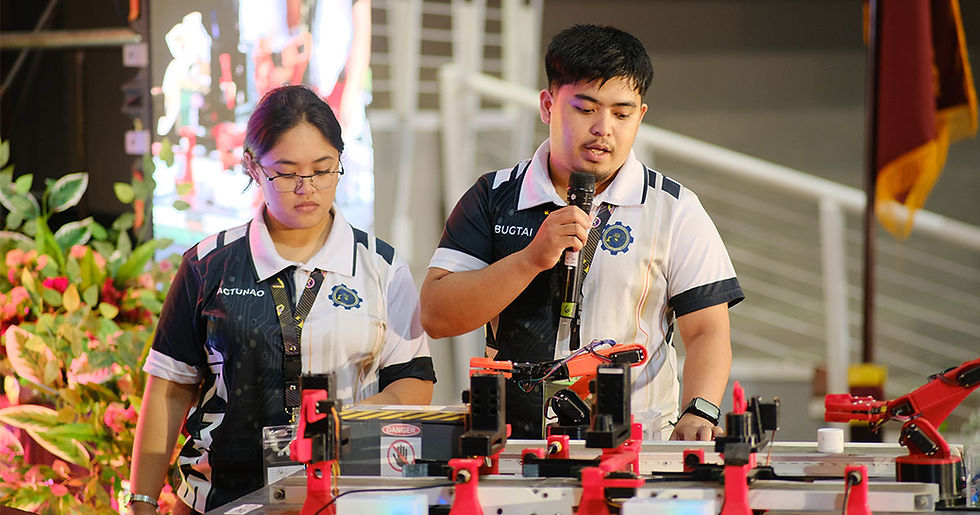Redesigning for resilience
- Field Ready
- Jun 23, 2021
- 2 min read
Updated: Jun 24, 2021
When earthquakes roll through cities and towns in the Middle East's mountainous regions, they damage the millions of older, unreinforced structures and threaten people's lives.
Many newer, earthquake-resilient buildings are now common in areas prone to seismic shake-ups. Yet it can be difficult - and expensive - to retrofit older housing.
But Field Ready's Iraq team recently collaborated with researchers from the University of Strathclyde in Scotland and Leeds Beckett University in England to explore seismic-resilient construction - how to bolster buildings against earthquake damage. Supported by the UK Royal Academy of Engineering’s "Frontiers of Development" seed fund, the teams held an "Earthquake Makeathon" in Sulaimaniyah, Iraq late last month.
The two-day event introduced 22 young Iraqi participants to seismic resilient construction and ways to approach a design challenge, then gave them time to produce prototype reinforcement solutions to protect against further damage. The event was held at Sulaimaniyah's Culture Factory, where Field Ready will open its fourth co-working and makerspace in Iraq later this year.
Many older buildings in Sulimaniyah still bear some damage from the 7.3-magnitude Iraq-Iran earthquake of 2017. It was the area's deadliest quake in nearly five decades, killing some 630 people and injuring more than 8,100 in the region.
Led by a group of Iraqi mentors who trained online with the UK academics, the eight women and 14 men who participated in the workshop studied and discussed reinforcement solutions. The participants - most of whom are engineering students - also studied video and photos of the earthquake-damaged buildings and reviewed a survey of the people who lived in them.

After a design-thinking process to develop retrofit solutions for the different structures shared with them, participants broke off into five groups to refine their ideas and then build small-scale prototypes of their solutions. Each group pitched their solutions to a panel of judges - the UK academics - online; the judges awarded each group a small cash prize and agreed to discuss several ideas further at the University of Strathclyde’s research institute.

While most of the groups' ideas were innovative - using carbon and steel cables and beams to support walls and roofs - they would likely prove too expensive, one judge noted. One proposal - attaching carbon fiber-reinforced sheets to walls - showed promise as a lower-cost and practical approach, while another proposal might help protect against damage in landslides, said the judge. An Iraqi academic will study the proposals and other possible solutions further at the University of Strathclyde's research labs, officials said.
But the workshop was deemed a definite success: "It fulfilled its role of capacity building and knowledge transfer," judges said, ensuring that the Sulaimaniyah students are better equipped to solve the area's seismic-resilient construction challenges.

_edited.png)














Comments